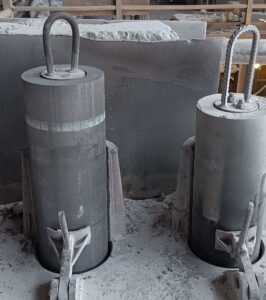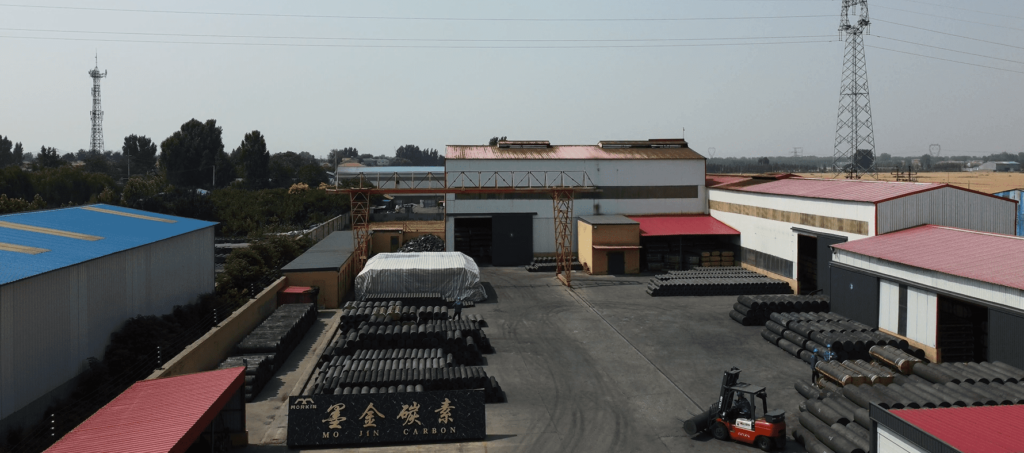In the realm of graphite electrode usage, maintaining a secure and stable connection is paramount to ensuring efficient and trouble-free operations. However, graphite electrode-nipple disconnection can be a recurring issue if we overlook certain critical factors during installation and usage. In this article, we will explore the various reasons behind graphite electrode-nipple disconnection.
Reasons for Electrode-Nipple Disconnection During Graphite Electrode Usage:
Incorrect Three-Phase Sequence: Errors in the three-phase sequence can lead to electrode disconnections.
Inadequate Torque During Connection: Insufficient torque applied during electrode connection can result in loose connections.
Use of Iron Lifting Bails: Using iron lifting bails can cause wear and tear on the threads.
Mechanical Damage to Threaded Holes and Joints: Mechanical damage to the electrode and joint threads before and during connection can lead to disconnections.
Inclusion of Steel Slag or Foreign Material: Steel slag or foreign materials embedded in the electrode holes and joints can hinder the screwing process.
Lack of Precision in Joint Manufacturing: Insufficient precision in joint manufacturing, leading to large thread tolerances, can result in poor electrode connection.
Thread Damage During Handling and Storage: Electrode threads can be damaged during handling and storage.
In conclusion, safeguarding the integrity of graphite electrode-graphite nipple connections is fundamental to the success of numerous industrial processes. By addressing the factors outlined above, from ensuring the correct three-phase sequence to protecting against mechanical damage and foreign material interference, we can significantly reduce the incidence of electrode disconnections.






